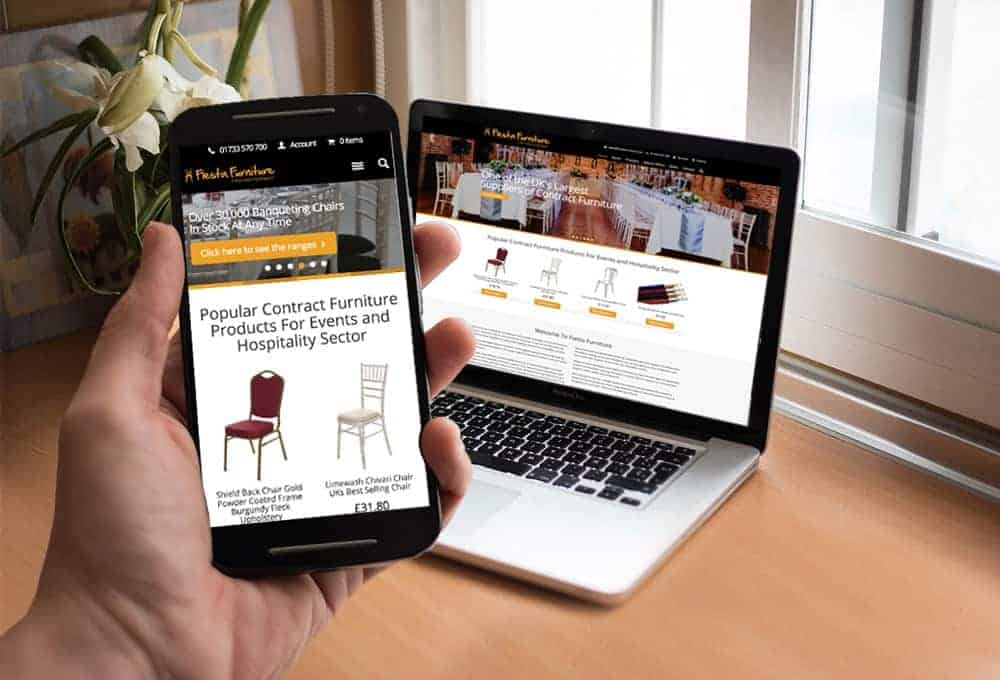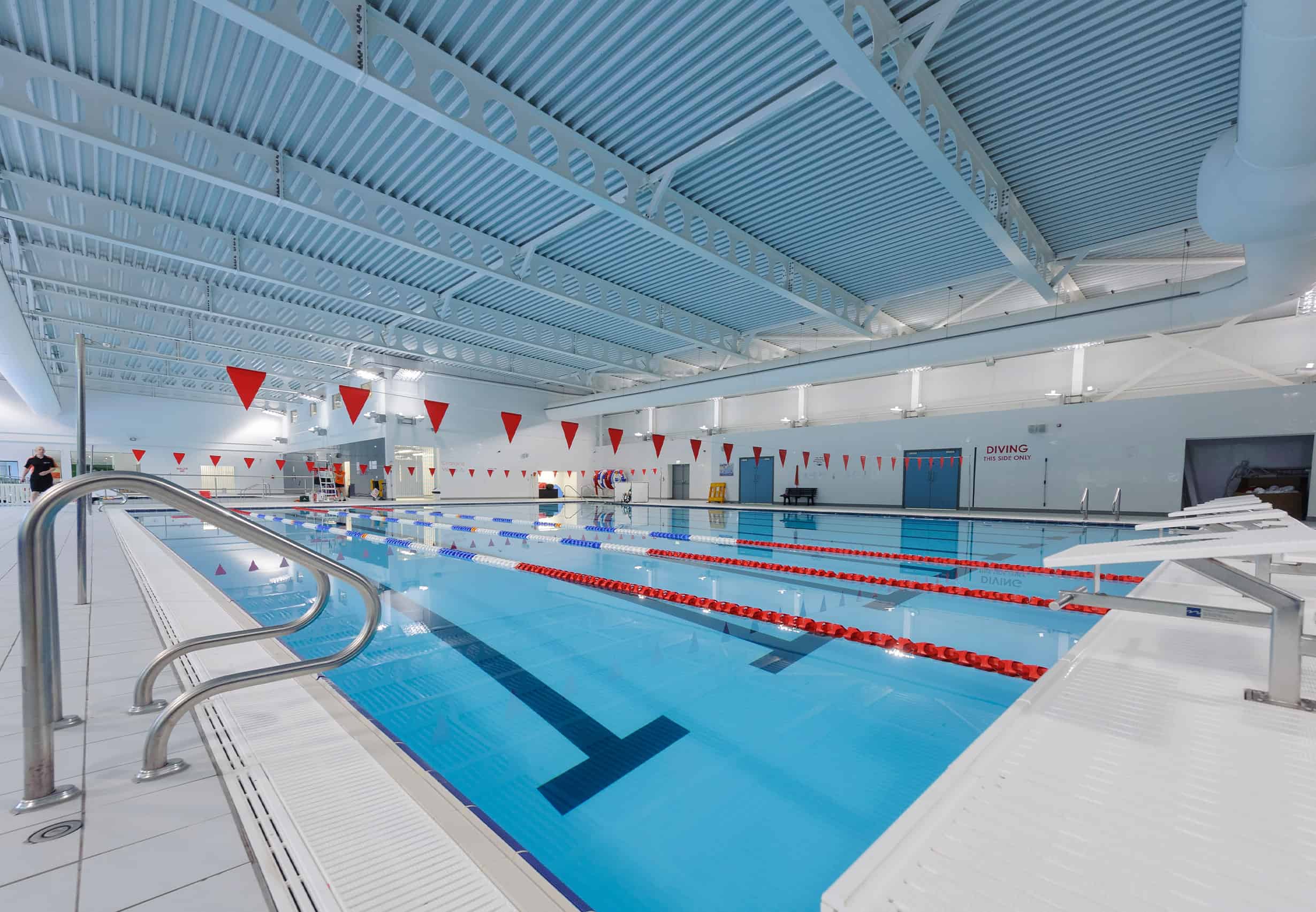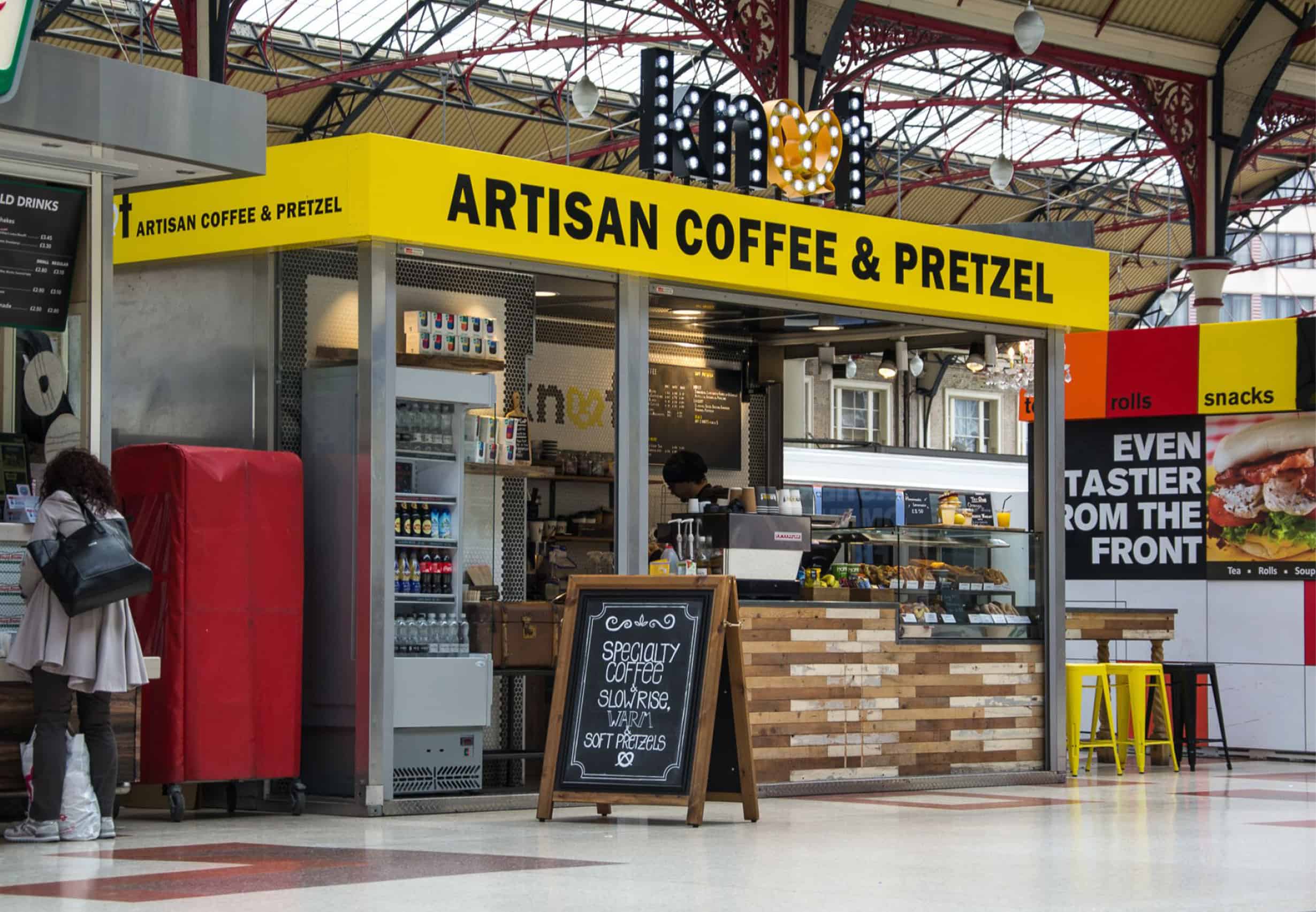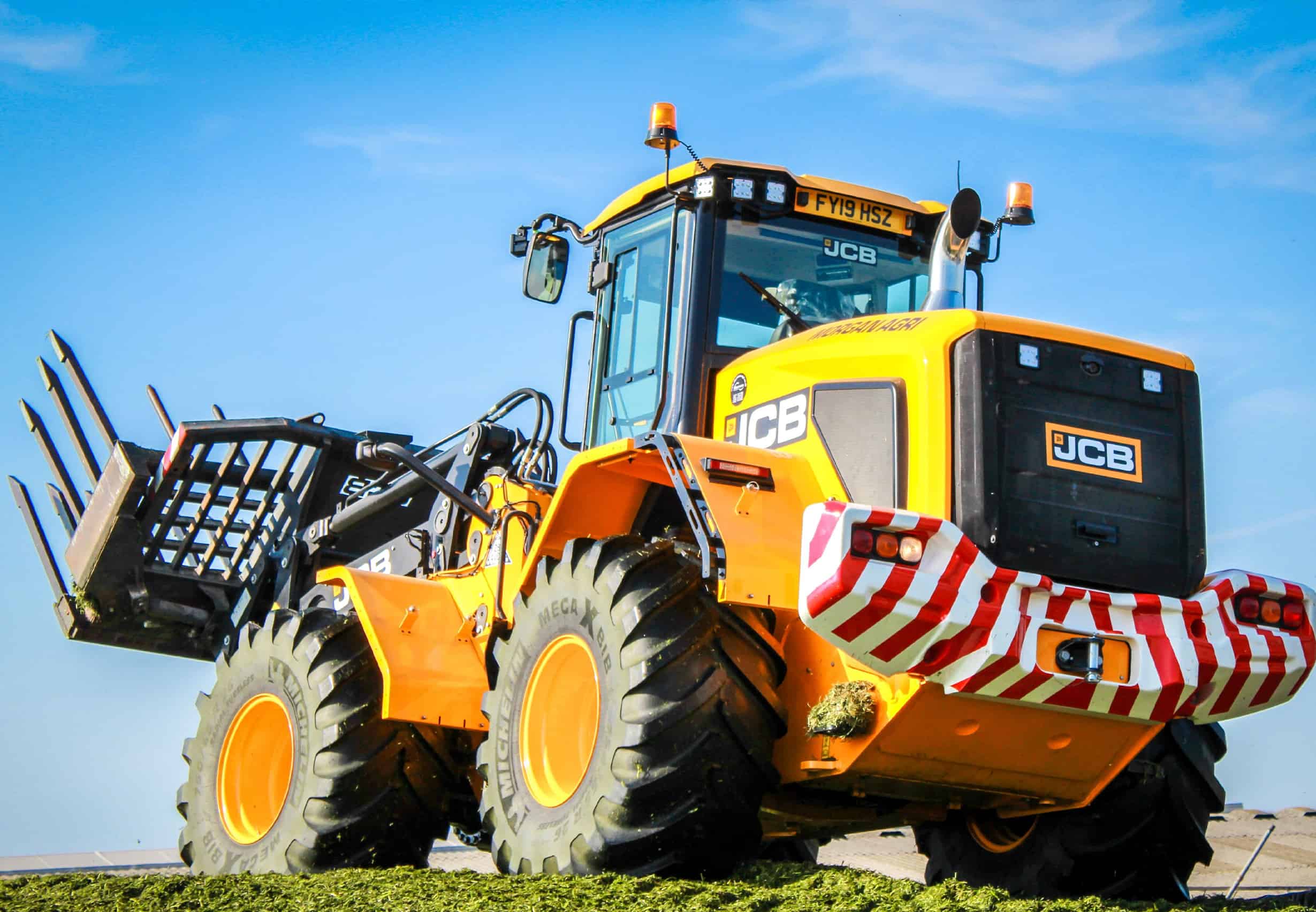Good Web Design Principles
There are many key factors that will contribute to how a website is perceived. A well-designed website can help build trust and guide visitors to take action. Creating a great user experience involves making sure your website design is optimised for usability (form and aesthetics) and how easy is it to use (functionality).
Navigation is the wayfinding system used on websites where visitors interact and find what they are looking for. Website navigation is key to retaining visitors. If the website navigation is confusing visitors will give up and find what they need elsewhere. Keeping navigation simple, intuitive and consistent on every page is key.
F-Shaped Pattern reading – The F- based pattern is the most common way visitors scan text on a website. Eye-tracking studies have found that most of what people see is in the top and left areas of the screen. The F shaped layout mimics our natural pattern of reading in the West (left to right and top to bottom). An effectively designed website will work with a reader’s natural pattern of scanning the page.
Grid Based Layout – Grids help to structure your design and keep your content organised. The grid helps to align elements on the page and keep it clean. WordPress WP Bakery grid-based layout arranges content into a clean rigid grid structure with columns, sections that line up and feel balanced and impose order and results in an aesthetically pleasing website.
Visual Hierarchy – is the arrangement of elements in order of importance. This is done either by colour, size, contrast, imagery, typography, whitespace, texture and style. One of the most important functions of visual hierarchy is to establish a focal point; this shows visitors where the most important information is.
Website Design Cambridge Developments
General trends and best practices that are relevant to website design in Cambridge, which is a city with a strong academic and research tradition.
- Mobile Optimisation: Like many other cities, Cambridge has a large number of mobile users. Therefore, it’s essential for websites to be optimised for mobile devices. Responsive design is a must, and websites should be tested on a range of devices to ensure a good user experience.
- Minimalism: Cambridge has a reputation for being a hub of innovation and cutting-edge research. Minimalism is a popular design trend that can reflect this. Clean, minimalist designs can convey a sense of modernity and sophistication.
- Accessibility: With its academic and research institutions, Cambridge is home to many people with disabilities who may need to access websites. Designers should take accessibility into account when designing websites, ensuring that they comply with accessibility standards and are easy to use for people with disabilities.
- Interactive Elements: As a centre of innovation, Cambridge is a city that values new ideas and approaches. Websites with interactive elements, such as chatbots or other AI-powered tools, can showcase innovative thinking and help users find what they need quickly.
- Localisation: Cambridge is a global city with many visitors and residents from around the world. Websites that cater to a local audience should be localized, offering content in multiple languages and taking cultural differences into account.
These are just a few general trends that could be relevant to website design in Cambridge. However, it’s always important to research and understand the specific needs of the target audience in any location when designing a website
Website Design Cambridge
Information and Facts about Cambridge
-
-
- If you are looking to hold a meeting or event in Cambridge there are numerous venues to choose from. We have used many of them and here is a selection of the few that we like. The Bradfield Centre – which offers a very modern environment with great wifi ( note car parking can be difficult). St Johns Innovation Centre a business hub with a nice café and finally The Moller Institute a prestigious meeting environment, not cheap but very professional
- Found at the end of King’s Parade, the Corpus Christi clock attracts hordes of tourists who cram into the road to get a picture of the famous landmark. To represent the relativity of time, the clock speeds up, slows down, and even stops. The Corpus Christi clock tells the correct time to a hundredth of a second every fifth minute!
- Connecting two parts of Queen’s College the Mathematical Bridge is a wooden bridge that was the first bridge built using mathematical principles. Sir Isaac Newton actually died 22 years before it was built so its a popular myth that he built it! Built by James Essex in 1749 and designed by William Etheridge. The self-supporting structure is a very clever design which places the timbers in a series of tangents with radial members to tie the tangents together.
- In 1953, the double helix game-changing discovery was published by Francis Crick who was part of a team studying the structure of DNA in Cambridge. . Before it was published Crick had popped into The Eagle on Bene’t Street his local pub, and announced to the lunchtime drinkers that they had ‘discovered the secret of life’.
- In the early 1800s Lord Byron aristocrat and poet was a student in Cambridge. Byron wanted to keep a pet dog in his university rooms, but this turned out to be against the rules. To overcome the pet issue brought a bear with him instead. Byron was famously described as ‘mad, bad and dangerous to know’. This probably explains why.
- In recent years, Cambridge has become a tech hub, dubbed the Silicon Fen for its plethora of start-ups. It’s estimated that over fifteen percent of the UK’s computer gaming industry is based in Cambridge, alongside a host of science and technology companies. It seems quite fitting, given that Alan Turing, thought to be the father of computer science, studied and worked here, at King’s College
- Cambridge University has over one hundred libraries including the University Library, which, as a legal deposit library, is entitled to claim a copy of every book published in the UK. Unsurprisingly the library holds over seven million books! Some particularly famous books that are housed include an archive of Charles Darwin’s personal correspondence and books from his own working library, among many other treasures. The original manuscript of A. A. Milne’s Winnie the Pooh and a notebook of Isaac Newton’s are held at The Wren Library at Trinity College.
- The Raspberry Pi is a tiny computer that can be used to teach people coding, or for hackathon projects. Starting life in 2006, the Raspberry Pi was inspired by early Cambridge tech like Acorn Computers. The founding team of Raspberry Pi worked together at the University of Cambridge computer laboratory before establishing the Raspberry Pi foundation to produce the devices.
- ARM is a Cambridge-based chipmaker that designs semiconductors and software for tech companies around the world. It has a high-tech campus in Cambridge which serves as its global headquarters.Chips made by ARM can be found in everything from iPhones to Samsung tablets. In fact, you could even call ARM chips the most-used consumer product in the world, with around 4.3 billion people using a device containing an ARM chip every day.
-




















